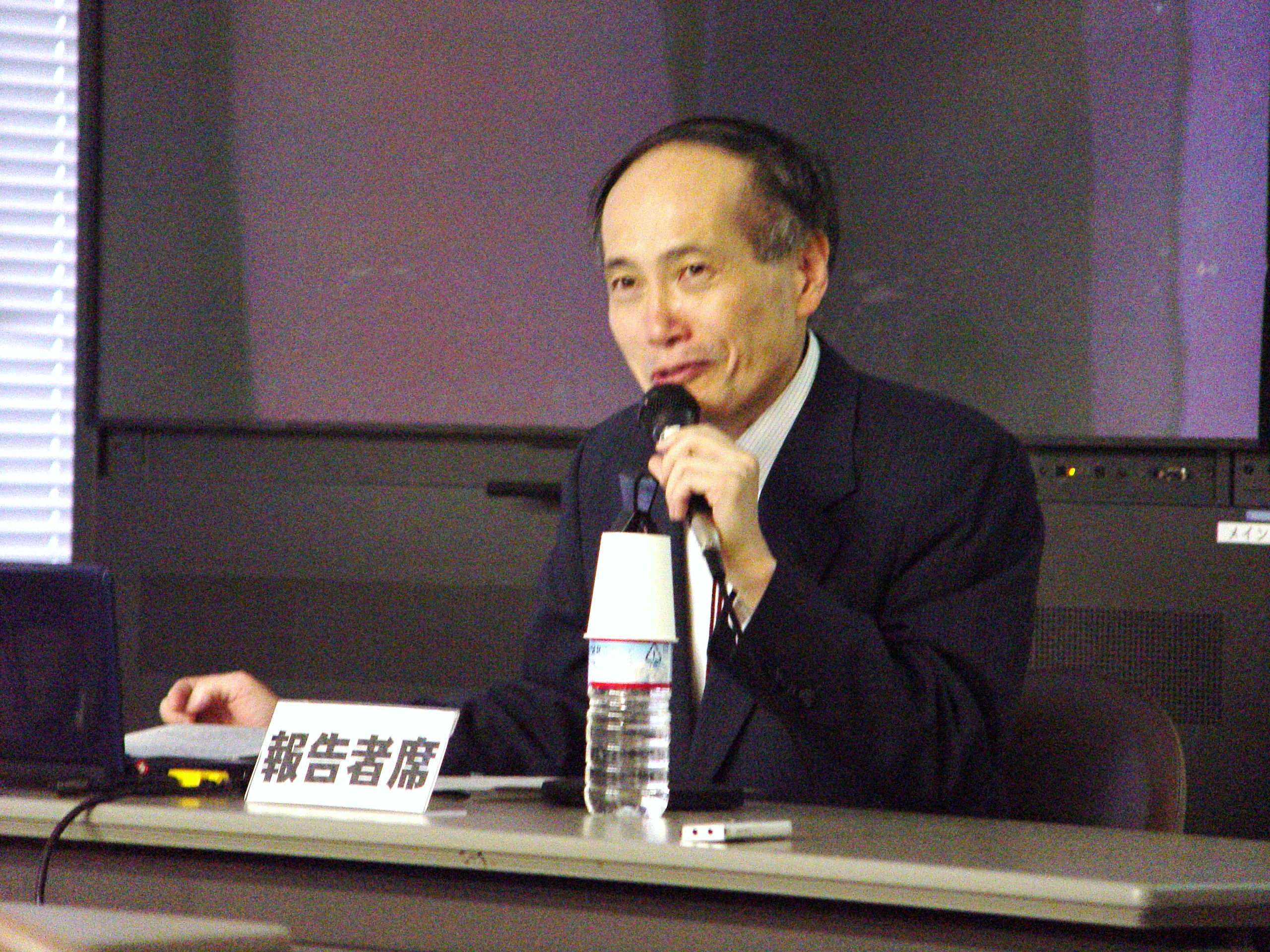3rd East Asian Culture Research Meeting of 2009
Academic Frontier Sub-project 2: Japan as an ‘Other’ Culture
3rd East Asian Culture Research Meeting of 2009
“A Genealogy of the Ah Q Image in East Asian Literature:
Natsume Soseki, Lu Xun, and Murakami Haruki”
- Speaker: FUJII Shozo (Professor, Faculty of Letters, University of Tokyo)
- Date: Friday, 12 June 2009, 18:30-20:30
- Venue: Hosei University Ichigaya Campus Boissonade Tower 25F Conference Room B
- Chair: WANG Min?(Professor, Hosei University Research Center for?International Japanese Studies)


LU Xun (1881-1936) might well be described as the father of modern Chinese literature. The “Ah Q” image he invents in The True Story of Ah Q (1922) does not have a common name; he isolates himself from his family, embodies all the inferior nature of people of the conventional society, and, after giving the reader various reasons for wry smiles, dies a victim. He is a character who reveals the moral flaws in the old society as a whole, and encourages the reader to reflect deeply within him or herself. Lu Xun more than likely discovered a model for the Ah Q image in Natsume Soseki (1867-1916)’s Botchan (1906), a work of literature criticizing the national character of Meiji Japan.
The Ah Q image has much influence upon modern Japanese literature. Murakami Haruki (1949-) is said to have enjoyed reading Lu Xun since his high school days, and since his debut in 1979 ? including in his new publication this summer ? has portrayed the “Ah Q”s in Japan’s transitions from the modern to post-modern, and from post-modern to the end of post-modern. Could it even be the ghost of Ah Q hovering in his recent work, 1Q84 ? This paper given at the research meeting thus traced the genealogy of the Ah Q image in East Asia, while considering the role of literature at the end of the post-modern era.
Report by: FUJII Shozo(Professor, Faculty of Letters, University of Tokyo)


